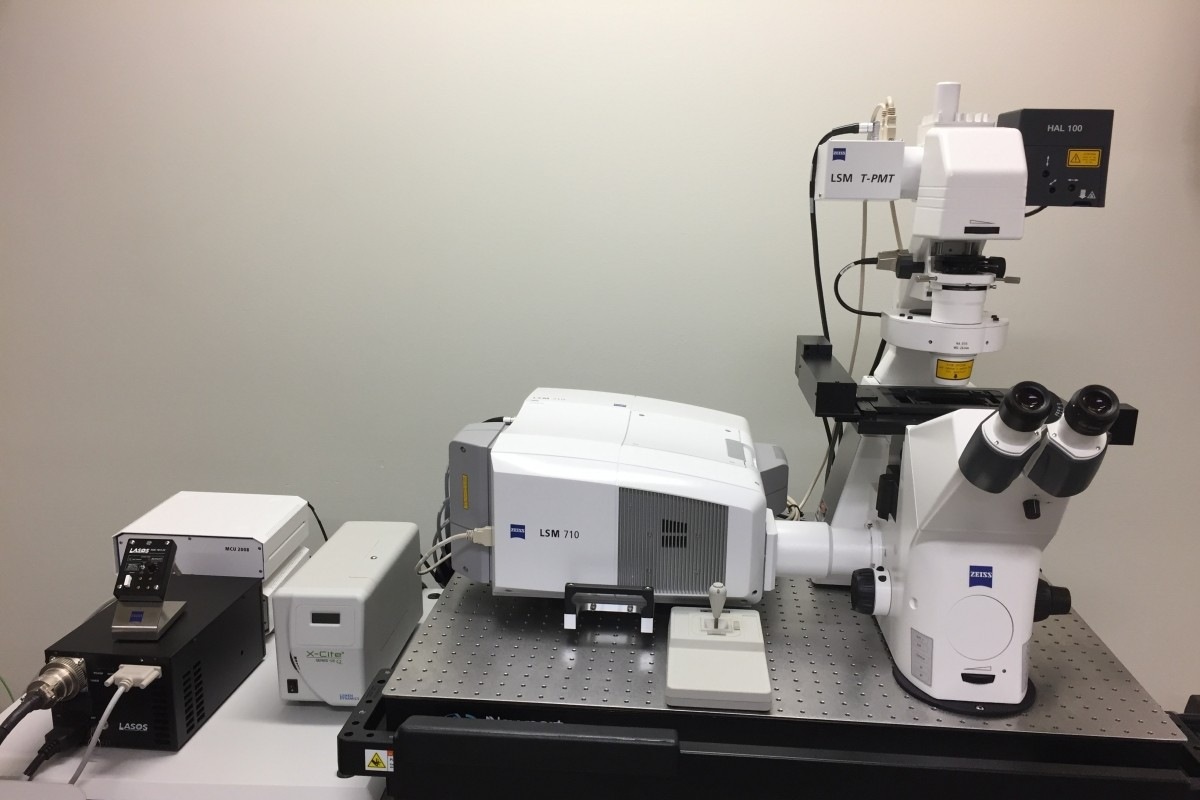
Laser scanning microscopes are incredible tools that have revolutionized the way scientists observe tiny details. But what exactly makes them so special? These devices use lasers to scan samples, creating highly detailed images that reveal structures invisible to the naked eye. Unlike traditional microscopes, they offer greater depth and clarity, making them essential in fields like biology, materials science, and nanotechnology. Ever wondered how they work or what makes them tick? This article dives into 29 fascinating facts about laser scanning microscopes, shedding light on their history, functionality, and the groundbreaking discoveries they've enabled. Get ready to see the microscopic world in a whole new light!
What is a Laser Scanning Microscope?
A Laser Scanning Microscope (LSM) is a powerful tool used in various scientific fields to create high-resolution images of samples. It uses laser beams to scan the specimen, providing detailed information about its structure and composition. Let's dive into some fascinating facts about this incredible technology.
-
High Resolution: LSMs can achieve resolutions down to 200 nanometers, allowing scientists to see incredibly fine details.
-
3D Imaging: These microscopes can create three-dimensional images by scanning multiple layers of the sample.
-
Fluorescence: LSMs often use fluorescent dyes to highlight specific structures within a sample, making them easier to study.
-
Non-Destructive: The technique is non-destructive, meaning it doesn't damage the sample being studied.
-
Live Cell Imaging: LSMs can be used to observe live cells in real-time, providing insights into cellular processes.
How Does a Laser Scanning Microscope Work?
Understanding the working mechanism of an LSM can help appreciate its capabilities. Here's a breakdown of how it operates.
-
Laser Source: The microscope uses a laser as its light source, which is focused onto the sample.
-
Scanning Mirrors: Mirrors move the laser beam across the sample in a raster pattern, scanning it point by point.
-
Detectors: Detectors capture the emitted or reflected light from the sample, converting it into an electrical signal.
-
Image Reconstruction: Software processes the signals to reconstruct a detailed image of the sample.
-
Confocal Aperture: A pinhole aperture eliminates out-of-focus light, enhancing image clarity.
Applications of Laser Scanning Microscopes
LSMs are versatile tools used in various scientific and medical fields. Here are some of their key applications.
-
Cell Biology: Researchers use LSMs to study cell structures and functions in detail.
-
Neuroscience: These microscopes help visualize neural networks and brain structures.
-
Material Science: LSMs analyze the surface properties and compositions of materials.
-
Pharmacology: They assist in drug development by studying how drugs interact with cells.
-
Pathology: Pathologists use LSMs to examine tissue samples for disease diagnosis.
Advantages of Using Laser Scanning Microscopes
LSMs offer several benefits that make them indispensable in research and diagnostics.
-
High Sensitivity: They can detect even faint signals, making them ideal for studying low-abundance molecules.
-
Versatility: LSMs can be used with various types of samples, including biological tissues and inorganic materials.
-
Quantitative Analysis: They provide quantitative data, allowing for precise measurements and comparisons.
-
Automation: Many LSMs come with automated features, making them user-friendly and efficient.
-
Multiphoton Imaging: Some LSMs use multiphoton excitation, reducing photodamage and allowing deeper tissue imaging.
Challenges and Limitations
Despite their advantages, LSMs also have some limitations and challenges.
-
Cost: LSMs are expensive, making them less accessible for smaller labs.
-
Complexity: Operating an LSM requires specialized training and expertise.
-
Photobleaching: Prolonged exposure to laser light can cause fluorescent dyes to fade, affecting image quality.
-
Limited Depth: While LSMs can image deeper than traditional microscopes, they still have depth limitations.
-
Sample Preparation: Preparing samples for LSM imaging can be time-consuming and requires precision.
Future of Laser Scanning Microscopy
The field of laser scanning microscopy is continually evolving, with new advancements on the horizon.
-
Super-Resolution Techniques: Emerging techniques aim to surpass the diffraction limit, providing even higher resolution images.
-
AI Integration: Artificial intelligence is being integrated into LSMs for automated image analysis and interpretation.
-
Portable LSMs: Development of portable LSMs could make this technology more accessible for field research.
-
Enhanced Fluorophores: New fluorophores are being developed to reduce photobleaching and improve image quality.
The Power of Laser Scanning Microscopes
Laser scanning microscopes are game-changers in science and technology. They offer high-resolution images, allowing researchers to see tiny details in cells, materials, and more. These microscopes use lasers to scan samples, creating clear, detailed images that help in various fields like biology, materials science, and medicine.
Their ability to provide 3D images is a big deal. It helps scientists understand complex structures better. Plus, they can look at live cells without damaging them, which is crucial for studying living organisms.
Laser scanning microscopes are also versatile. They can be used in different settings, from research labs to industrial applications. This flexibility makes them valuable tools for many professionals.
In short, laser scanning microscopes are essential for modern research. They provide detailed, accurate images that help scientists make important discoveries and advancements.
Was this page helpful?
Our commitment to delivering trustworthy and engaging content is at the heart of what we do. Each fact on our site is contributed by real users like you, bringing a wealth of diverse insights and information. To ensure the highest standards of accuracy and reliability, our dedicated editors meticulously review each submission. This process guarantees that the facts we share are not only fascinating but also credible. Trust in our commitment to quality and authenticity as you explore and learn with us.
